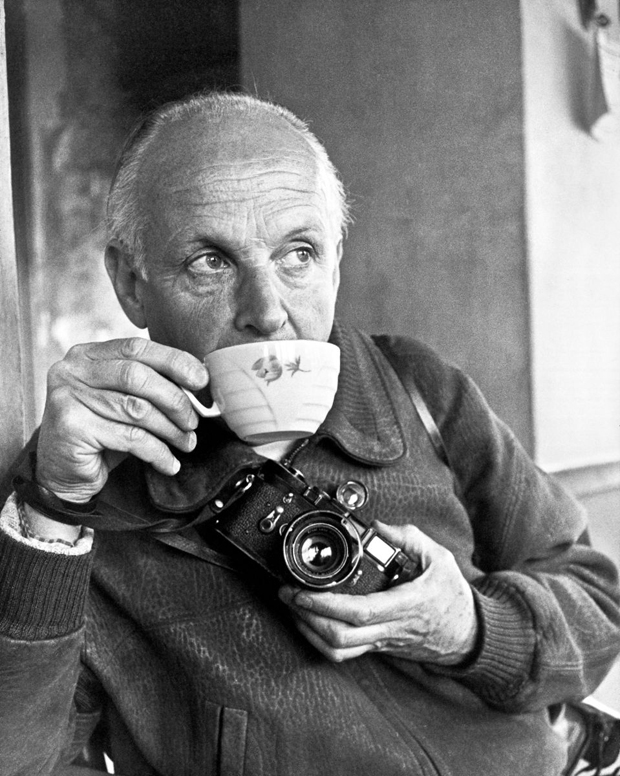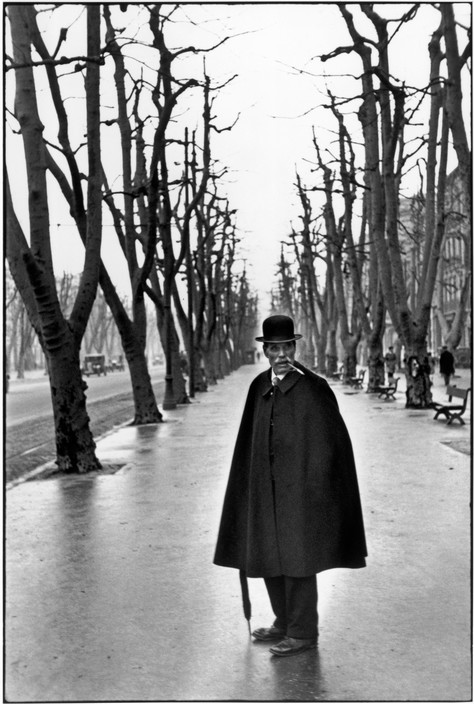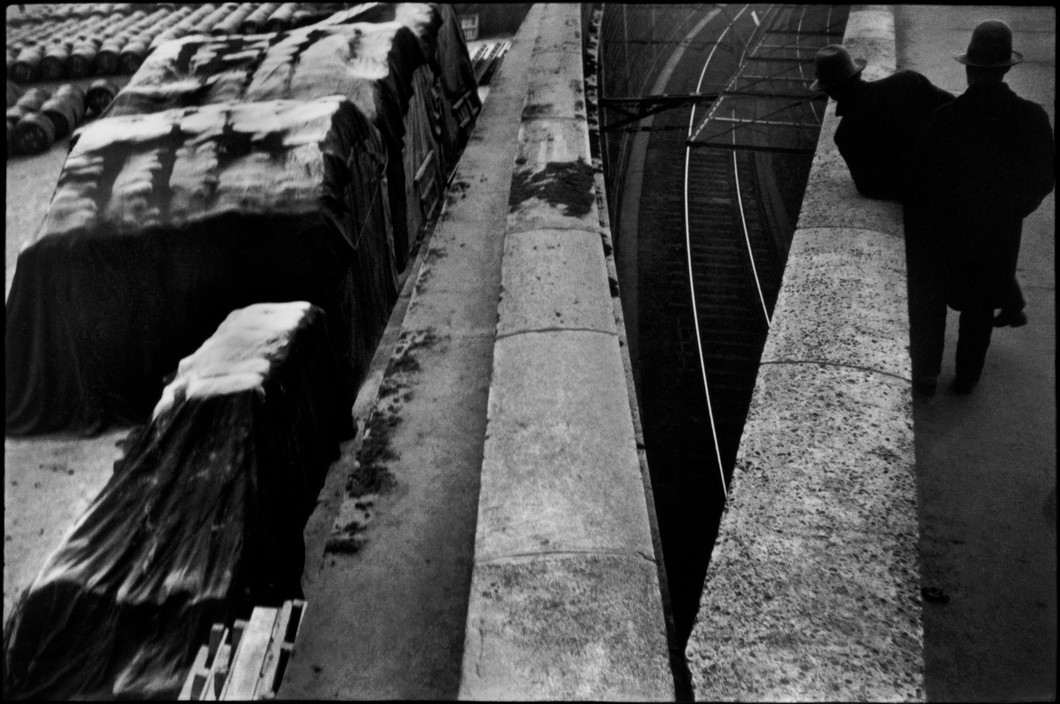Research journal
I research different photographers Before start my video shooting.
Vivian Maier (1926–2009)

Vivian Maier (1926 – 2009) was an American street photographer born in New York City. She was famous for her talent for surrealism. Most of her pieces are street photographs. John Maloof discovered Vivian Maier’s photography at a local auction house in Chicago. Over the course of five decades, she would ultimately leave over 2,000 rolls of film, 3,000 prints, and more than 100,000 negatives, most of them shot with her Rolleiflex in Chicago and New York City and shared with virtually no one in her lifetime.
In terms of Surrealism.
“Well, I suppose nothing is meant to last forever. We have to make room for other people. It’s a wheel. You get on; you have to go to the end. And then somebody has the same opportunity to go to the end and so on.” – Vivian Maier.
Play with the depth, wide aperture.
Silhouette
My project is gonna be a video, and Vivian inspires me in style.
Dorothea Lange
Dorothea Lange, “The Assignment I’ll Never Forget,” Popular Photography 46 (February 1960). Reprinted in Lange: Migrant Mother (New York: The Museum of Modern Art, 2018), pp. 40–41. Thompson disputed several elements of Lange’s recollections, which appear to have been drawn from contemporary newspaper reports.
Migrant Mother, 1936
To reflect the struggle life of poor people, Dorothea focuses on their expression, which refers to her photograph—most of her images are close shot.
White Angel Breadline, San Francisco, 1933
Workers during the great depression. Composition highlights the contrast between figures in front ground and background, which demonstrate helplessness and sorrow.
Lisette Model



 Born in Chanteloup-en-Brie, Seine-et-Marne, Henri Cartier-Bresson developed a strong fascination with painting early on, and particularly with Surrealism.
Born in Chanteloup-en-Brie, Seine-et-Marne, Henri Cartier-Bresson developed a strong fascination with painting early on, and particularly with Surrealism.

https://youtu.be/h2OgWSiDr7M
PART 2 people’s current status
In the previous year, the virus hit the world hard.
This is China Station, a Chinese food bar near the campus. Like any other restaurant, they close the dining since the Covid-19.
Current status.
The bar suffered a revenue drop significantly due to the virus, but fortunately, the bar’s boss doesn’t lay out employees yet. They were reopening the dining nowadays, but the virus stalks the customer.
The Cashier told me. For the last year, they can only place a table in front of the door and check over the table. During the beginning of the pandemic, no one is allowed to go inside the bar except the faculty. Thus, takeaway service and self-collection became the only way to run the business. By the way, Their main customers are SBU students, which mean they lose their customer due to campus shut down. Nevertheless, they survived the most difficult time.









Would be nice for you to add a layer of short conversations over the music fading in and out. Maybe different voices in layers to evoke a population with common issues. Change the font to BOLDER and white (hard to see against the background). Also scrolling the text upward (slowly). will the still photos and graph be part of the video? That could be effective so long as their is someone talking to explain what they are seeing.
cialvarezbuo
22 Apr 21 at 3:53 pm
Hi, Zhang
I think the overall video filter color of your part 1 is very good, but the part of the text is not obvious enough. You can consider changing the color of the text or the type of display, such as embedding key text messages with background sound effects. Or choose a white text (because the overall color of your video is black) to make the message more prominent. Or you can consider other background music to better fit your theme. The second part of your work, the photo part, maybe the picture filter could be brighter? I’m not sure if this is what you want, but the effect now seems a little unclear to me. I’m looking forward to your final complete work:)
Cathy
24 Apr 21 at 2:21 am
Hi Hongrui! I really like your take on this serious topic. The way you plan on splitting up your project into three parts seems like it will allow everything to flow well. Something I think you can alter would be the video in the first part. Maybe changing the text so we can see it a little better. Also something I thought of if you’d like to add is that as you’re walking in the first video, an idea for transitioning to the second part of your project would be to include you walking up to China Station. Then from there, you can have context for your second part. Overall, great job!
Angeles Paucar
26 Apr 21 at 1:42 pm
Hi Hongrui. Like we discussed in class I thought the timeline created an interesting way of displaying and giving information to the viewer. An inclusion of photos into the timeline and data could be a concise way of relaying information in your project. Another way of showing text in your video would be to have full text portions and then the video of the streets. Just an idea.
bortmann
30 Apr 21 at 1:17 pm